Those passionate about Cuban cigars will often reference specific times when production was particularly good, releases were notably exciting, or things just seemed to be particularly good when it comes to cigars from the island.
While I won’t make a good/bad judgment here, there was certainly a line drawn in history when it comes to the Edición Regional program, through which distributors are able to commission unique sizes in 17 of Habanos S.A.’s 27 marcas and release them as an exclusive to a specific region of the world. That line was drawn in 2012, when it was decided that distributors were limited to just one Edición Regional per year.
It certainly wasn’t the wild west, but the numbers do show the change. Launched in 2005 with just four releases, two each for Italy and Switzerland, the program grew fairly quickly, jumping to seven releases in 2006, eight in 2007, then 17 in 2008. It would cross the 20-release mark in 2009 and 2010 before peaking at 25 releases in 2011, a group that included the Ramón Allones Macedonian, a release for Greece and Cyprus.
The Macedonian uses the popular Edmundo vitola, a 5 3/10 x 52 robusto that first appeared in 2004 as the Montecristo Edmundo. It has since been used nearly a dozen other times, mainly in Ediciónes Regional releases, but also in the H.Upmann Royal Robusto, a La Casa del Habano exclusive that was released in 2011.
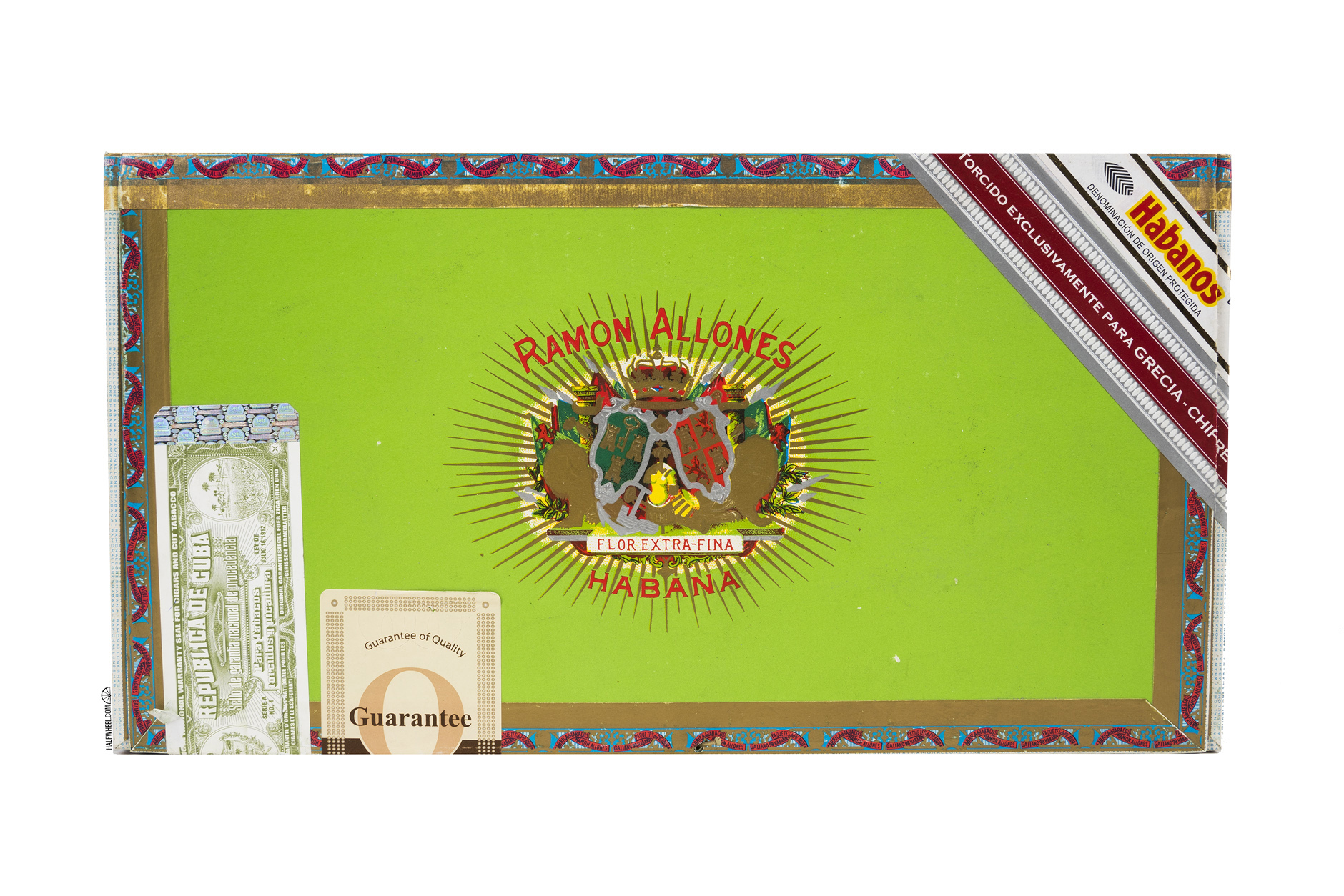
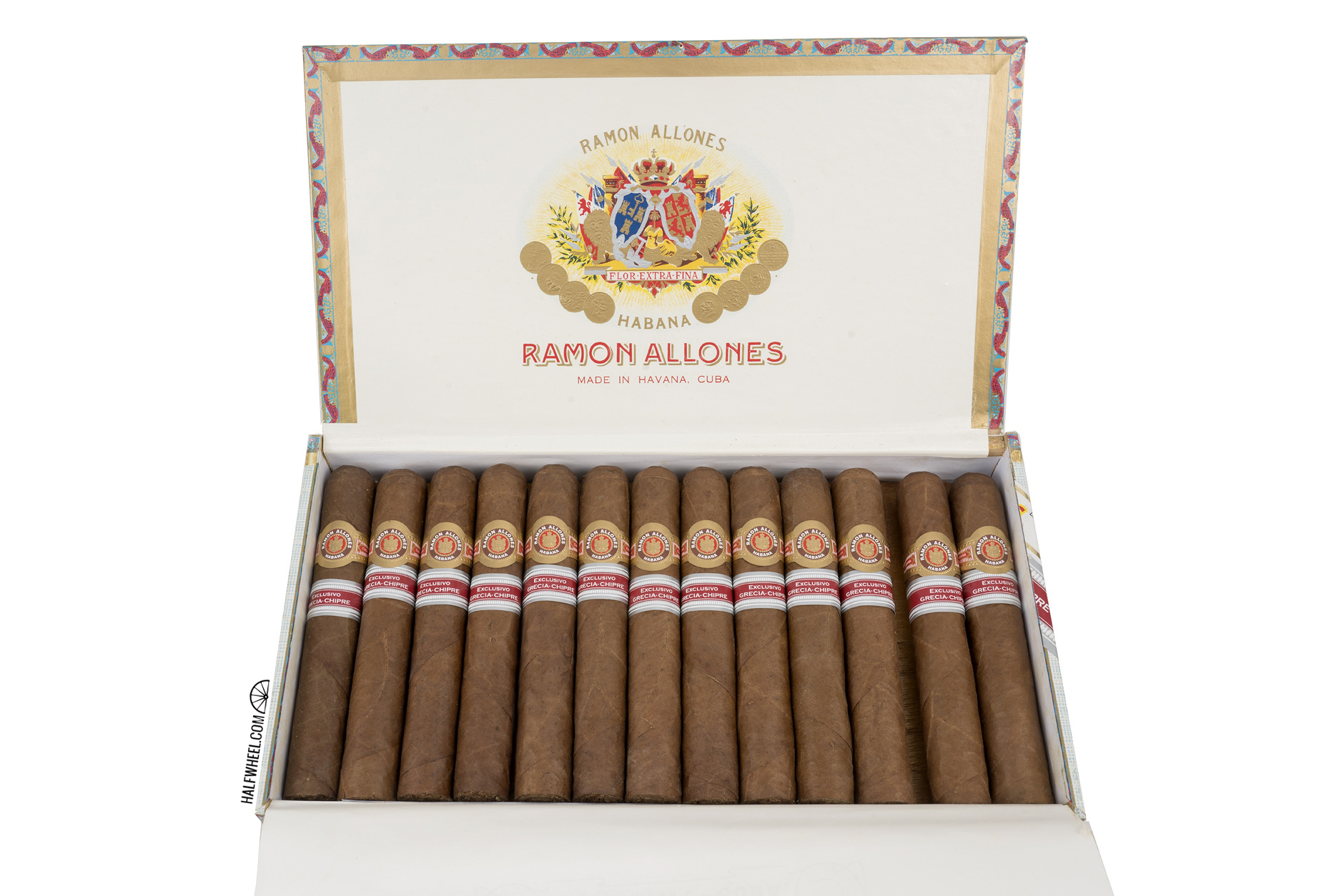
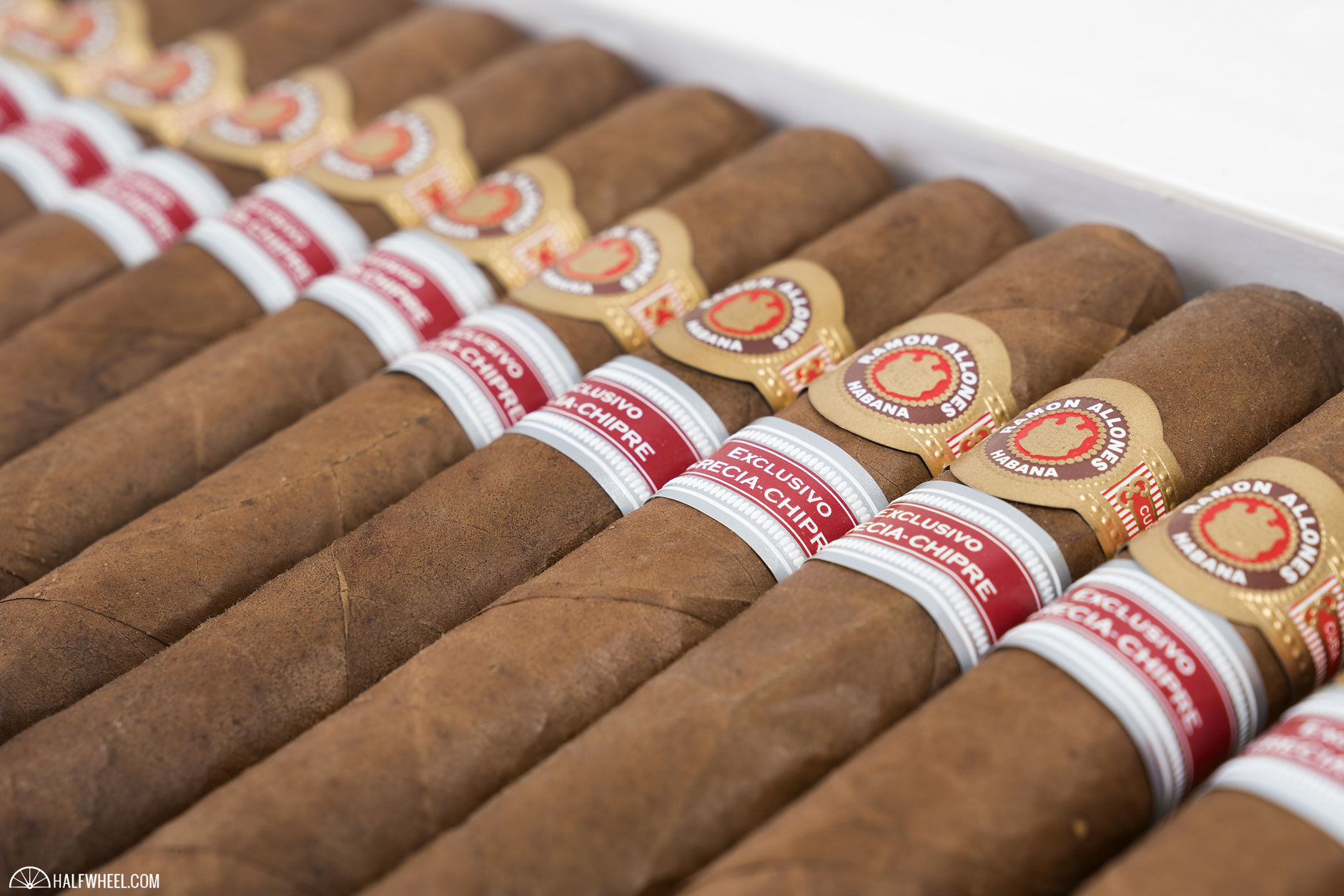
As Edición Regional releases go, it’s on the small side, with just 1,000 boxes of 25 cigars made, which means it just meets the minimum of 25,000 cigars produced.
This is the second Edición Regional to wear the Grecia y Chipre band, joining the Bolívar Greco from 2009, a 5 5/9 x 50 robusto extra.
As for the Edición Regional program, it shrunk from 25 releases in 2011 to just nine in 2012. Since that scaling back, 2017 hold the high mark lies with 17 releases.
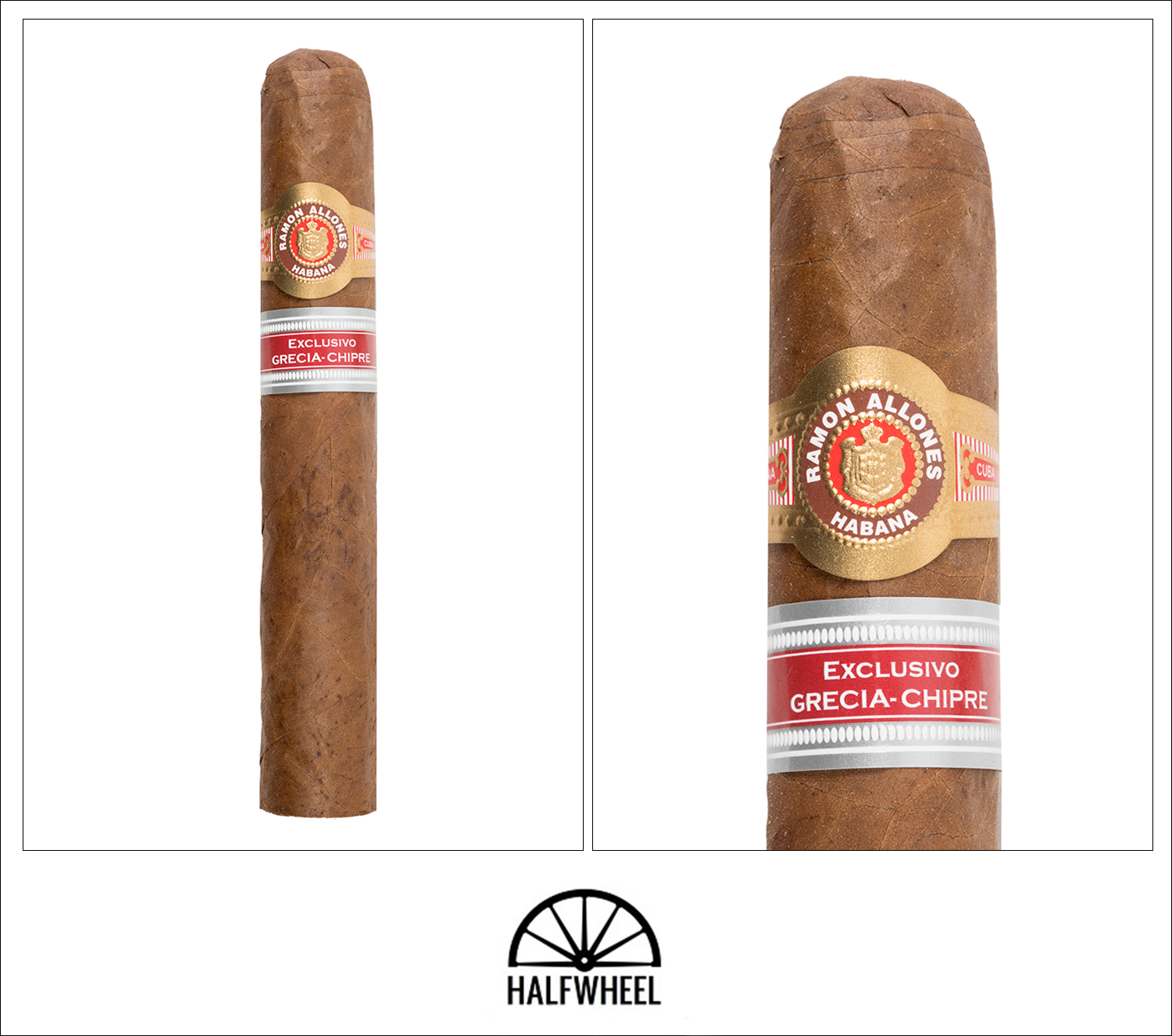
- Cigar Reviewed: Ramón Allones Macedonian Edición Regional Grecia y Chipre (2011)
- Country of Origin: Cuba
- Factory: n/a
- Wrapper: Cuba
- Binder: Cuba
- Filler: Cuba
- Length: 5 3/10 Inches
- Ring Gauge: 52
- Vitola: Robusto
- Est. Price: $32 (Box of 25, $800)
- Release Date: 2011
- Number of Cigars Released: 1,000 Boxes of 25 Cigars (25,000 Total Cigars)
- Number of Cigars Smoked For Review: 3
Even though I’ve smoked a good number of the Edmundo vitola, this one feels a bit on the long side, yet when I measure the second sample it is pretty spot on, maybe even a tick short, showing as 5 1/4 inches long on my rather basic ruler I keep with my current rotation of cigar accessories. The wrapper is dry to the touch with a very fine texture to it due to what looks like some tooth, while its color skews towards a freckled reddish brown, a near perfect complement to the color of the bands, which are all surprisingly loose. The roll varies among the three samples; the first is a bit on the firm side, the second is spongier but not soft, and the third is somewhere in between that, firm in spots and spongier in others. Off the foot there are aromas of almond butter, toasted marshmallow and dried hay, generally mild but familiar. The draw on the first sample is firm and mild, with notes of peanut as the only thing that stands out, while the second is equally firm a flavor that reminds me of almond milk. The third has some resistance but stops short of being concerning, and again skews towards creaminess, albeit much thicker in texture.
I’m not surprised by the firm draw found in the first sample, given that it was a long shot that lighting the cigar would have done much to improve the draw, especially since it feels like most of the obstruction is towards the head of the cigar. It wasn’t until after smoking the first sample that I noticed this was a 2011 release, as it tastes like a more recent release; not young, but still showing some signs of youth with some subtle sourness and a flavor that just doesn’t seem to be tuned–or may be compromised by the draw. The second and third samples are much better, with an oily, buttery flavor that is mild but suggest kettle corn, particularly what I imagine the bottom of the bucket would taste like were I to swipe some on my finger after a batch was dumped out. The third sample pivots from that a bit, delivering a smoky graham cracker flavor. Both are also much better through the nose, where the pepper is very clean The profile in the first profile isn’t rough per se, but it isn’t exactly smooth either as the first clump of ash comes off around the one-inch line. It’s not just pepper here, but a bit of gravelly earth that grates on the very back of the throat and lingers even without the cigar being actively smoked. Somehow the other two samples have almost none of that, instead, focusing on warm cream and almonds with just a bit of ancillary white pepper. It doesn’t completely dodge the rockiness, but what is there is so faint it’s almost easy to overlook. While I have some issues with the flavor in the first third, the technical performance has been largely good; the draw is tight one sample but seems to be loosening, while smoke production and combustion are both good.
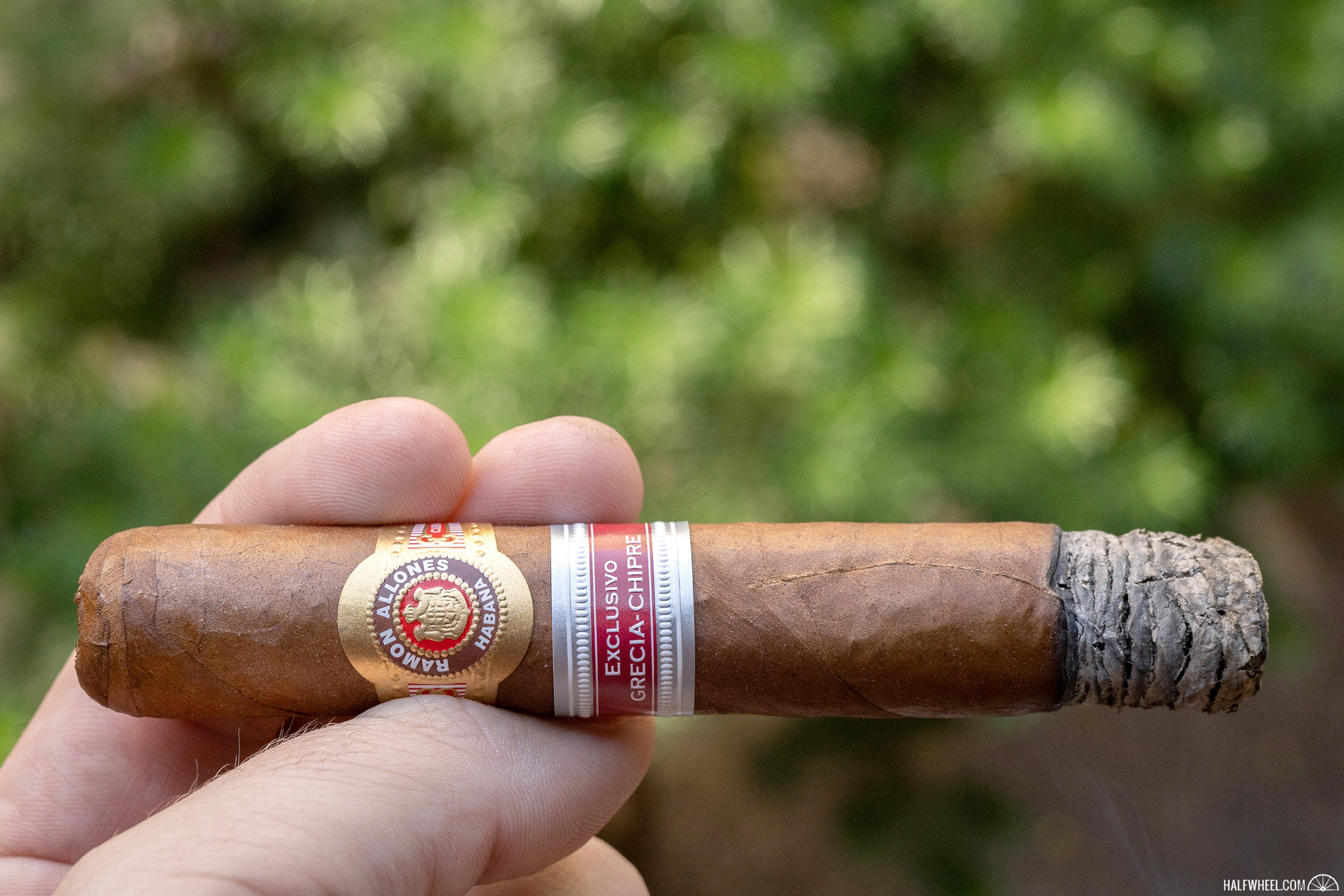
Into the second third of the Ramón Allones Macedonian, the first sample still can’t seem to find where it was destined to be flavor-wise; it holds onto some of the gravelly roughness from earlier while also picking up grassiness and a subtle but noticeable vegetal note. The second is a different story almost altogether, having fully shed the rougher notes and beginning to add a bit more of a complex nuttiness, picking up some baking spices along the way before beginning a swap of the nuts for woods and earthiness. The result is a slightly drier flavor in the mouth, but one that is not short on flavor intensity. The technical performance is still quite good, with a fairly even burn line, good smoke production and a draw that skews tight but isn’t overly restricted. 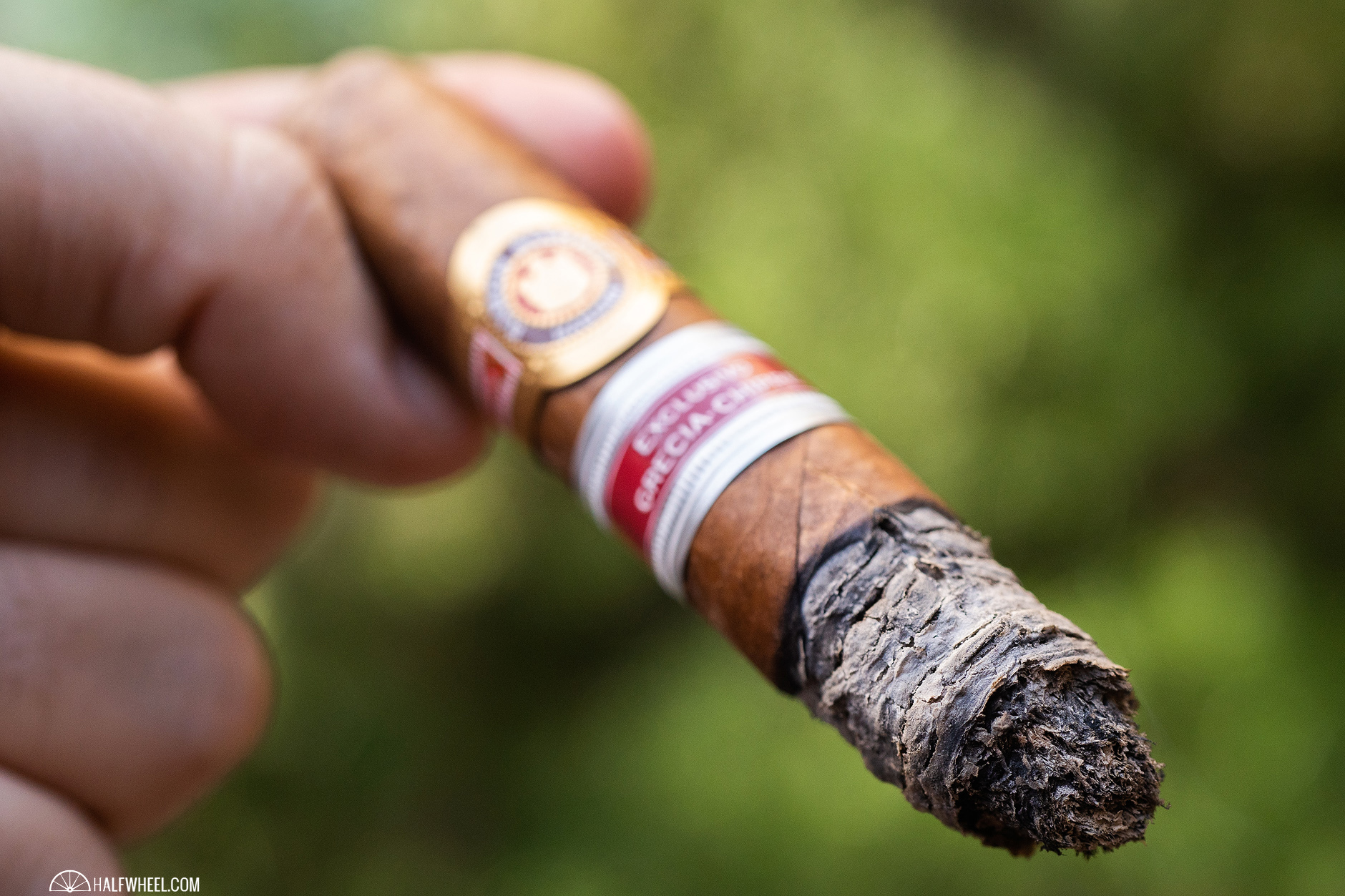
In the first sample, things don’t get much better at the start of the final third, and the case could be made that they’re getting a bit worse as heat begins to further sharpen what flavors the cigar is offering. The inner part of my lips and cheeks are now getting sharp white pepper and rocks that sting a bit more as the smoke has warmed up, and I’m inclined to think that with the first sample, the tight draw isn’t helping anything at all. The second and third samples are a different story; while showing some indication they want to get rough and rocky, both abandon that thought and instead sticks with the woodiness picked up at the end of the second third, complementing it with a bit of white pepper to nudge it into that medium-plus to medium-full territory. Other than a bit of heat, the profile doesn’t change too much and finishes rather enjoyable.
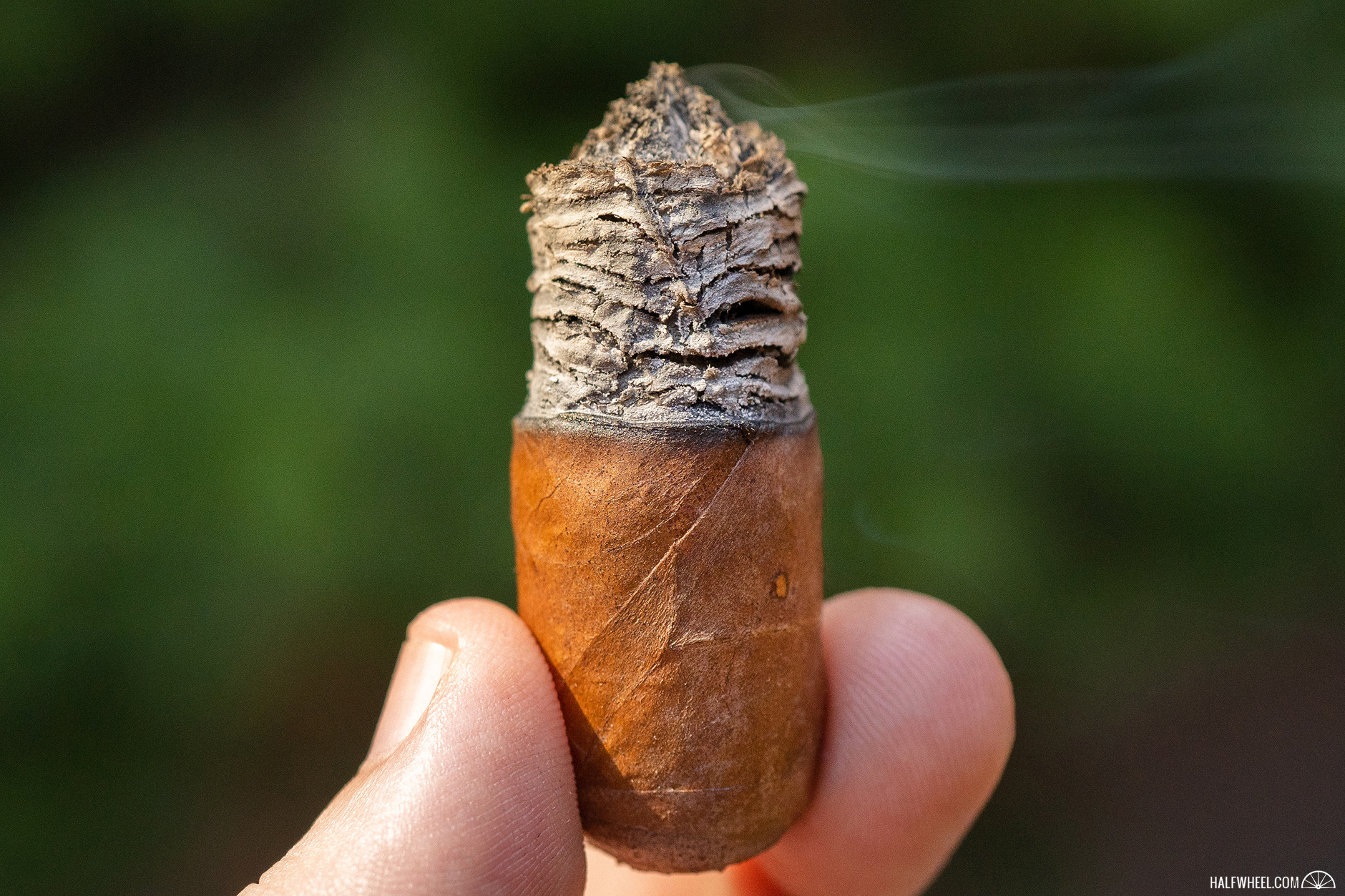
Final Notes
- Immediately after I wrote it, I realized how much I hate that the first thoughts about a cigar have to deal with how firm the draw is, but that’s just how it is some days.
- The bands on all three samples were loose, sliding around easily and sliding off with a bit of assistance.
- Coincidentally, I said the same thing about the other Edición Regional for Greece and Cyprus, the Bolívar Greco, which I reviewed back in March 2017.
- There were 600 more boxes produced for that release than this one; I’m wondering if the experience with the Greco led to the decision on how many to produce for the Macedonian.
- Similarly, given the policy change in 2012 that led to distributors being limited to one Edición Regional per year, that would seemingly explain why there hasn’t been another release specifically for Greece and Cyprus since this one. That would seemingly be compounded by the fact that Phoenicia T.A.A. Cyprus Ltd. covers such a massive region.
- There wasn’t much in the way of nicotine strength in these cigars; instead, I was a bit fatigued from the draw of the first sample while the other two samples leave a bit of tingle in the front of the mouth but not much beyond that.
- The box code was SAR JUL 11.
- Final smoking time was one hour and 20 minutes on average.
- The cigars for this review were purchased by halfwheel for $32 each on the secondary market.
I feel like I could grab nearly any other Edición Regional review, copy and paste the final thoughts and be about 95 percent of the way to putting a bow on the Ramón Allones Macedonian. The first sample was plagued by a labored draw, which I have to think didn't help the flavors, and while the other two samples performed well technically, the flavors were good but not outstanding, at least not from those of the regular production Ramón Allones sizes that come without the premium of a secondary band. While I'd still pick some of these up were I on vacation in Greece or Cyprus and able to enjoy them in that context, when smoked on my balcony in downtown Phoenix, the charm is nowhere to be found and the cigar struggles to stand out on its own merits.


